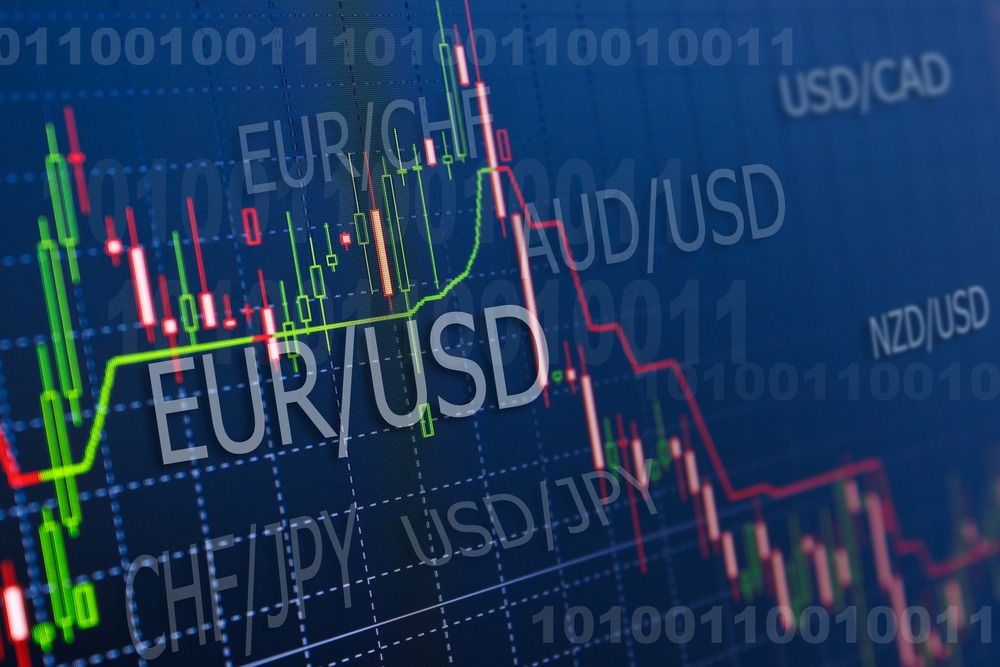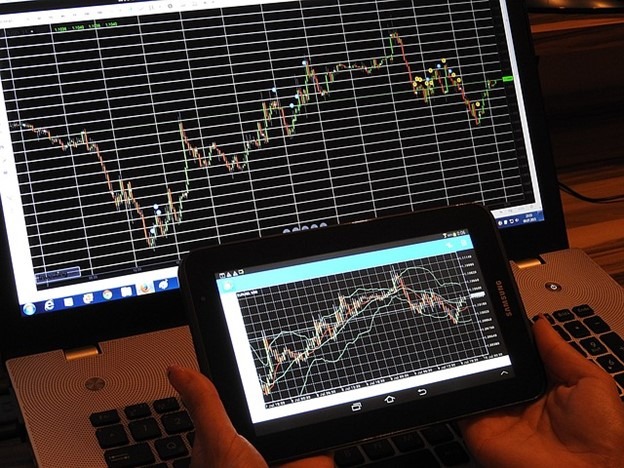Key Points
- The USD Index (DXY) stayed nearly flat, lingering in the low-104.00s among mixed US yields and growing cautiousness.
- EUR/USD pair briefly broke the 1.0800 mark before falling back, while GBP/USD saw modest gains, reflecting subtle USD strength.
- USD/JPY maintained its bullish run, staying above the 149.00 level.
- AUD/USD emerged as a top performer in the G10, reaching multi-day highs near 0.6540.
- Upcoming US inflation data and key reports from Japan and Australia should influence market directions.
The USD Index, an essential benchmark for international currency valuation, showed little change as it remained in the low-104.00 range. This period of stability arises amidst mixed US yields and a cautious sentiment among investors, especially with the upcoming US inflation data from the January Consumer Price Index (CPI) set for release on February 12. These critical inflation figures are keenly watched as they significantly influence the Federal Reserve’s monetary policy decisions, impacting the USD’s direction.
EUR/USD and GBP/USD Dynamics
The EUR/USD pair momentarily exceeded 1.0800 before pulling back slightly, underscoring the euro’s volatility and its challenges against a robust USD. Conversely, the GBP/USD pair saw a modest rise to the 1.2630 area, showcasing the pound’s resilience in the face of a strengthening USD. This movement is particularly noteworthy as investors await the February 13 labour market report, a key indicator of the UK’s economic health.
USD/JPY and AUD/USD Performance
Despite the economic hurdles in Japan, the USD/JPY pair maintains its bullish stance above 149.00, with eyes on the February 13 Producer Prices report. Meanwhile, the AUD/USD pair has demonstrated remarkable performance, reaching a peak near 0.6540 and marking the Australian dollar as a leader among G10 currencies. This advance is due to Westpac’s anticipation of the Consumer Confidence Index, crucial for gauging Australia’s economic outlook.
Additionally, the observance of New Year celebrations has led to market closures in China, introducing a temporary halt in one of the world’s largest financial markets. This pause could potentially influence global currency flows and trading dynamics.
In conclusion, the forex market presents a complex web of movements. The USD Index’s minor stagnation provides a brief respite amidst ongoing economic uncertainties. The forthcoming economic reports from the US, UK, Japan, and Australia are set to play critical roles in shaping currency valuations, offering guidance for investor strategies in the short term.
















